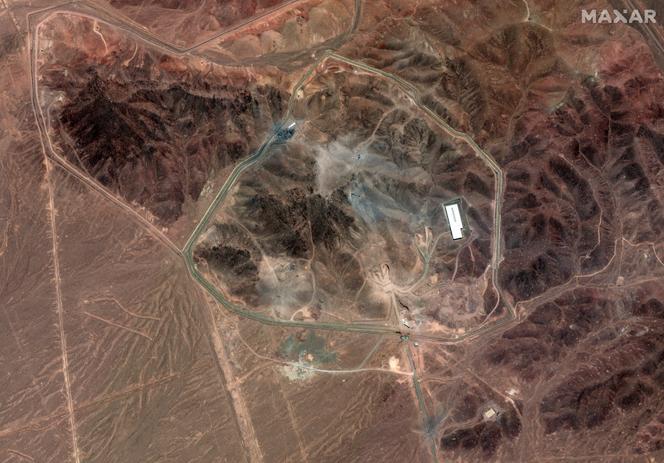


Since the strikes on Iranian nuclear installations during the so-called "Twelve-Day War," fought from June 13 to 25 between Iran and the US-Israeli alliance, official accounts have continued to conflict over the status of Iran’s nuclear weapons program. On July 12, Iranian Foreign Minister Abbas Araghchi told Le Monde that "the claim that a peaceful nuclear program has been annihilated is a miscalculation." He also issued a warning, stating that the nuclear arms race had, in fact, been reignited. US President Donald Trump, on June 26, boasted that he had "completely destroyed the nuclear program" in Iran and labeled any reports indicating the contrary as "fake news."
In early September, according to a French diplomatic source close to the Elysée, the Israelis delivered their own assessment to French authorities regarding the concentrated strikes in June on Iran's nuclear arsenal. This assessment contradicted the White House's position. According to an individual familiar with the exchanges, Israel confided that "while the centrifuge manufacturing sites and most of the uranium enrichment facilities were destroyed, particularly at Fordo and Natanz, Iran still possesses this type of equipment." The real question: do they have enough? "Too few to restart the program in the short term, but it's only a matter of time," Israeli intelligence services said.
You have 72.14% of this article left to read. The rest is for subscribers only.
